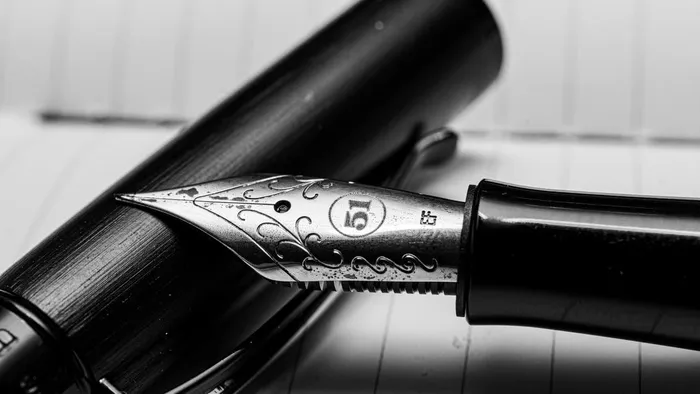Why South African investors are choosing luxury items over equities

Emerging names such as Bulgari, Givenchy, and Montblanc are gaining traction as investment options, showing that loyalty today is informed, not blind.
Image: Freepik
South African investors seem to be switching their focus from listed equities to tangible luxury items.
Watches, handbags and jewellery are emerging as preferred stores of value.
The shift signals a more deliberate approach to preserving wealth.
According to Luxity’s 2025 report on Africa’s luxury market, buyers are making “fewer but finer purchases”. They are prioritising items that hold or even grow in value.
Jewellery searches by people looking for these luxury assets rose 43.8 %, while bag searches grew 14.6 %, Luxity said.
Pre‑owned luxury is “no longer an alternative – it’s the intelligent choice,” the company said. Buyers are factoring resale value into every decision.
Visibility doesn’t equal value, Luxity noted.
Instead, savvy consumers are looking beyond the most famous labels to maximise long-term returns.
This shift seems to be reflected by what’s happening in the market.
Moonstone Information Refinery reported that South Africa’s collective investment schemes (CIS) market saw a record net outflow of R35.25 billion in 2024.
Equity general portfolios “bore the brunt of the net outflows, with investors pulling out R11.95 billion”.
Northstar Asset Management said many JSE-listed companies “offer sound risk-adjusted returns off depressed levels”.
Yet investors are treating stocks as short-term trades rather than long-term holdings. “They are buying at depressed levels and selling on any gains,” Northstar reported.
Against this backdrop, luxury items are gaining ground. Watches, bags and jewellery offer scarcity, prestige and long-term resale value.
Pre-owned luxury is particularly appealing, Luxity says.
While names like Louis Vuitton and Gucci saw their combined search share drop from 30 % to 21 %, brands such as Bulgari, Givenchy and Montblanc are gaining traction, Luxity reported.
Investors are increasingly acting as analytical collectors. Every purchase is weighed for quality, value and future resale. The shift from equities to luxury reflects broader caution in financial markets.
Moonstone’s figures on net outflows highlight investor wariness. Northstar’s observations on trading behaviour underline structural uncertainty. Together, they show why tangible luxury items are becoming a preferred alternative.
Luxity says this maturing luxury market is “refined, data-driven and deeply discerning”. Buyers are less swayed by brand visibility and more focused on value retention.
“In 2025, the smartest investment wasn’t bullion, it was the bag,” said Luxity.
IOL Business